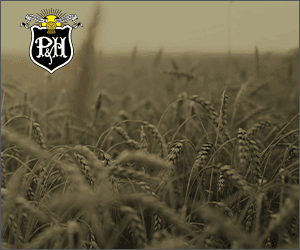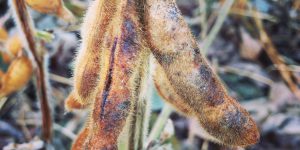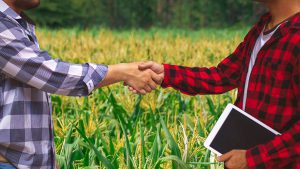A collaborative effort
RESEARCHING WATER’S FLOW
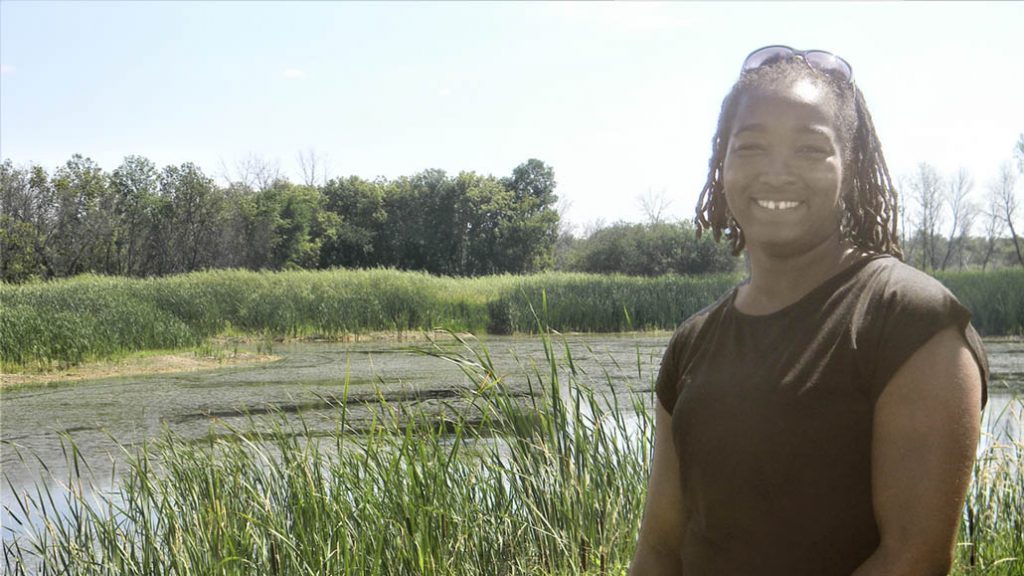
FARMERS UNDERSTAND THE integral role water plays in farming; but the impact our farming practices have on water — the water cycle and water flow — still isn’t fully understood.
Dr. Genevieve Ali, an associate professor in the School of Environmental Science at the University of Guelph, focuses her research on understanding how engineered landscapes, such as fields with extensive surface drains, tile drains, or farm dams, have impacted natural processes. Her focus on agriculture research has grown over the past couple of years, and it has led to several inter-disciplinary collaborations.
“We are dealing with systems that are really complex — the interactions are so unpredictable they are impossible for a single person to capture everything,” says Ali. “Taking an interdisciplinary approach is important for everyone working with water.”
Ali originally trained as a forest hydrologist and transitioned to an agricultural focus about eight years ago. She has studied water systems in Ontario, Quebec, Manitoba, and Scotland — experiences that have highlighted the diversity of water management practices from a scientific and social standpoint and underscored the need for a collaborative approach to research and the development of public policy.
NEW PROJECT
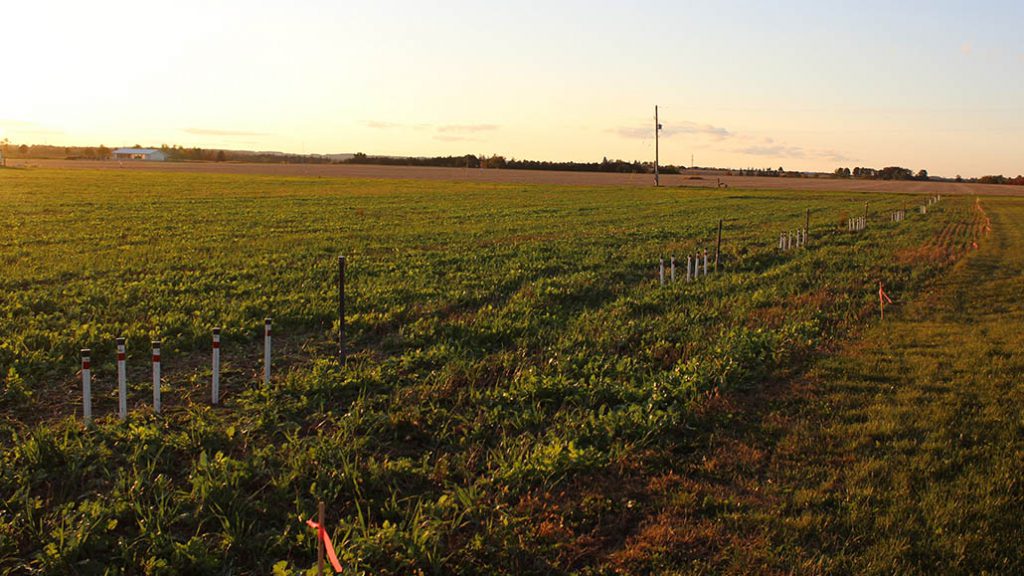
Among her many research projects, Ali is undertaking a new three-year research project with Dr. Merrin Macrae from the University of Waterloo and Dr. Laura Van Eerd from the University of Guelph. They are studying how soil water flow processes and management practices influence nutrient leaching.
The goal of this project is to perform field measurements to better understand nitrogen and phosphorus leaching in Ontario soils with tillage, compaction, applied manure, and cover crops. To that end, soil water content, nutrient concentrations, and isotopic ratios will be measured at multiple depths across different soil plots. Blue dye will be applied to the soil plots, which will be subsequently excavated to visualize soil water flow pathways.
Ali hopes the research project will provide a better understanding of how traditional soil health indicators relate to water flow and retention.
“From my standpoint as process hydrologist, there is not a lot in these indicators that tells us how able or effective a particular soil is at retaining water to support plant health and plant growth,” says Ali.
One goal is to determine what combination of measurements can be used as indicators of water movement that can be quantified in addition to the soil health indicators. They want to see if water moves as one big block or through root or macro channels in the soil. And they also want to analyze nutrients from soil water at different depths.
“The blue dye will actually show us where the water is going. Instead of inferring or assuming based on soil moisture data, we will simulate a rainfall event and know exactly where the water went,” says Ali.
The research is going to be replicated in fields with different management practices — with soil compaction, shallow tillage, and cover crops.
Ali and her co-researchers will take the plot-scale results and upscale to a field-scale level. At the end of the project, Ali hopes to create soil recommendations that are more wide-spread and applicable on a regional scale.
WATER RESEARCH
Other water research projects Ali is involved with further examine nutrient leaching, risk indicators for extreme weather events such as flooding, and soil-plant-water interactions (how much energy plants need to expend to extract water from the soil).
Ali is also using isotopes to determine the age of water — how much time has elapsed since a raindrop fell on a landscape. Water samples taken from field ponds for example, will determine if it is rainwater or if it came from a groundwater source.
“If we have new water in the soil, we are mostly dealing with the contaminants that new water is carrying, and we need to focus on recently applied nutrients and their management,” explains Ali. However, Ali notes that water can be really old even at shallow depths, which creates the potential for dealing with older contaminants which wouldn’t be affected by current changes in field practices. “Water travel times can span several decades.”
Ali says she enjoys working in different landscapes and learning from landowners about their farms and issues with water.
“Water is not an infinite resource and sometimes we don’t treat it as such. Water is at the cross section of so many different issues,” says Ali. •


